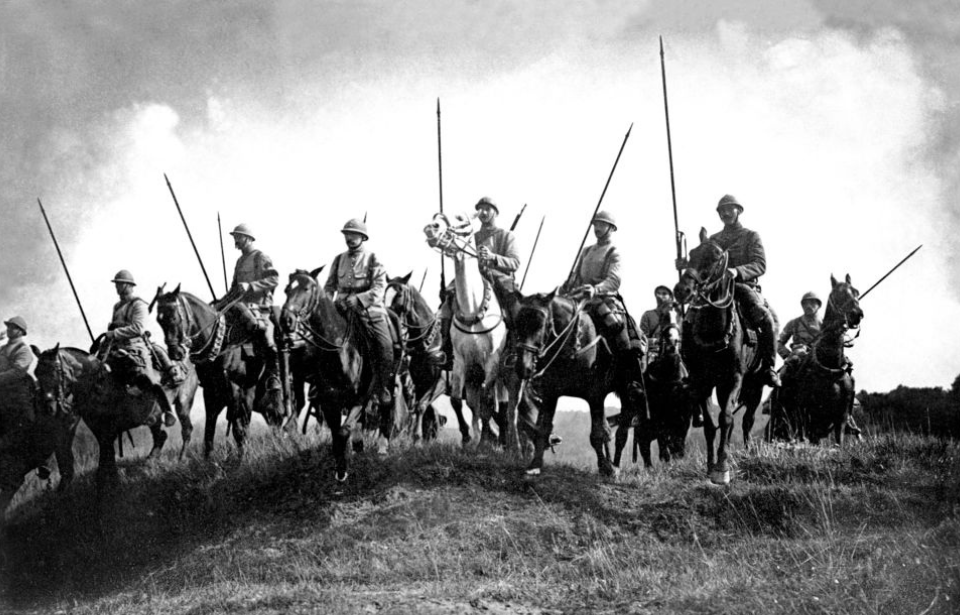World War I witnessed the advent of mechanized warfare, with tanks, artillery and machine guns redefining the nature of combat. Amid this modernization, the role of cavalry units faced several challenges. The French cavalry, renowned for their gallantry and historical achievements, found themselves adapting to changing battlefield conditions during WWI, while simultaneously striving to remain relevant in an era dominated by trench warfare and industrialized weaponry.
Before WWI, the French cavalry boasted a storied past and were often hailed as the epitome of mounted warfare. The legacy of Napoleon Bonaparte‘s legendary horsemen still resonated within their ranks, inspiring a sense of honor and pride. Among their primary roles were reconnaissance, flanking maneuvers and engaging enemy infantry in shock charges. However, these tactics were soon tested in the brutal bloodbath that was the first large-scale conflict of the 20th century.
As the war escalated, the traditional methods of cavalry warfare clashed with the realities of modern battlefields. The emergence of trench warfare and the aforementioned widespread use of machine guns and artillery led to devastating losses for all mounted units. Open fields, once ideal for cavalry charges, became death traps, and the initial stages of the war saw several futile attempts at mounted attacks, resulting in heavy casualties and minimal gains.The above photo, taken around 1914, shows a group of French lancers prepared to follow a group of retreating German troops. Lancers are simply a subset of cavalry, named for the lances they carried into battle while on horseback. They exemplified the early use of such troops in WWI.
